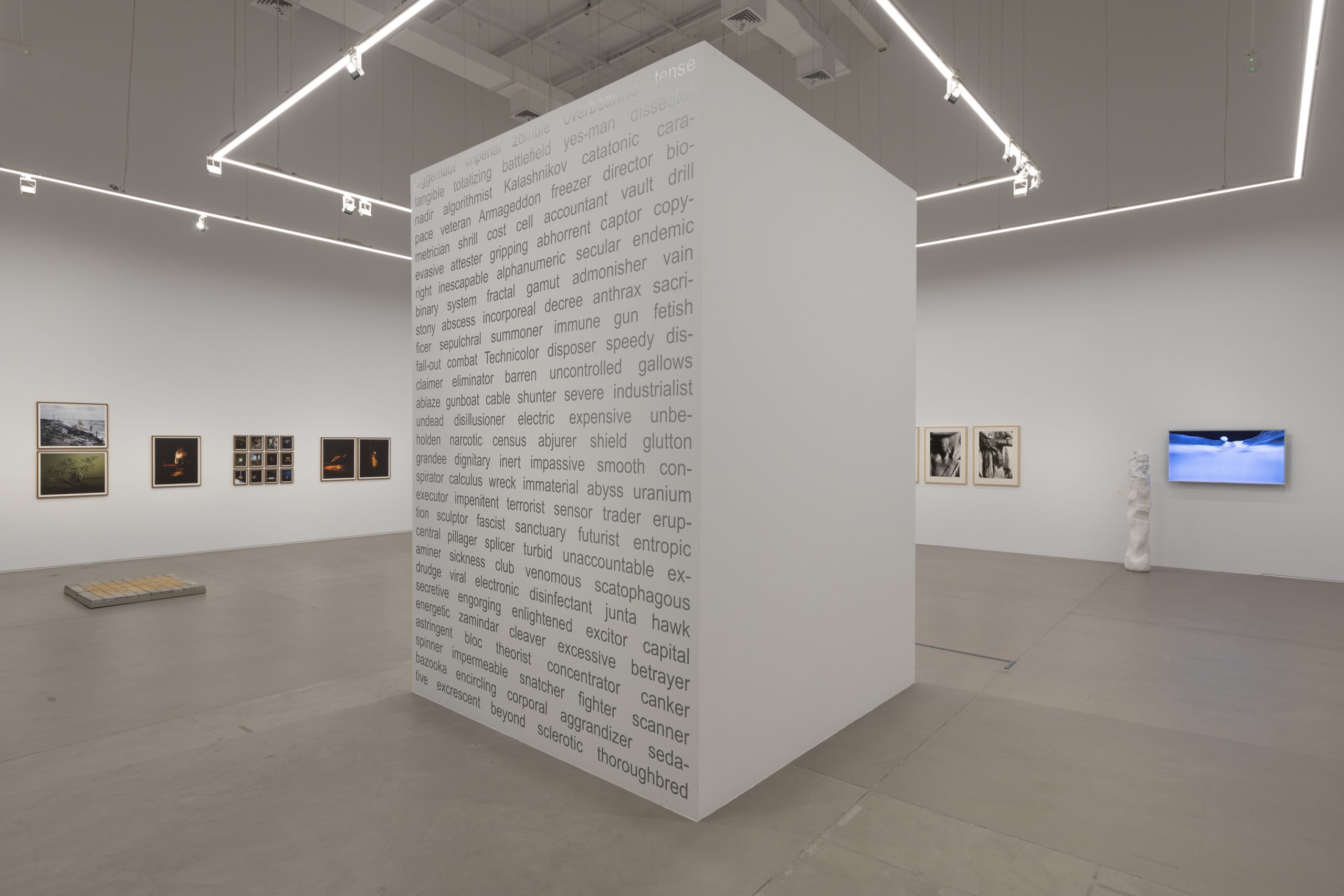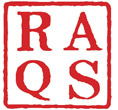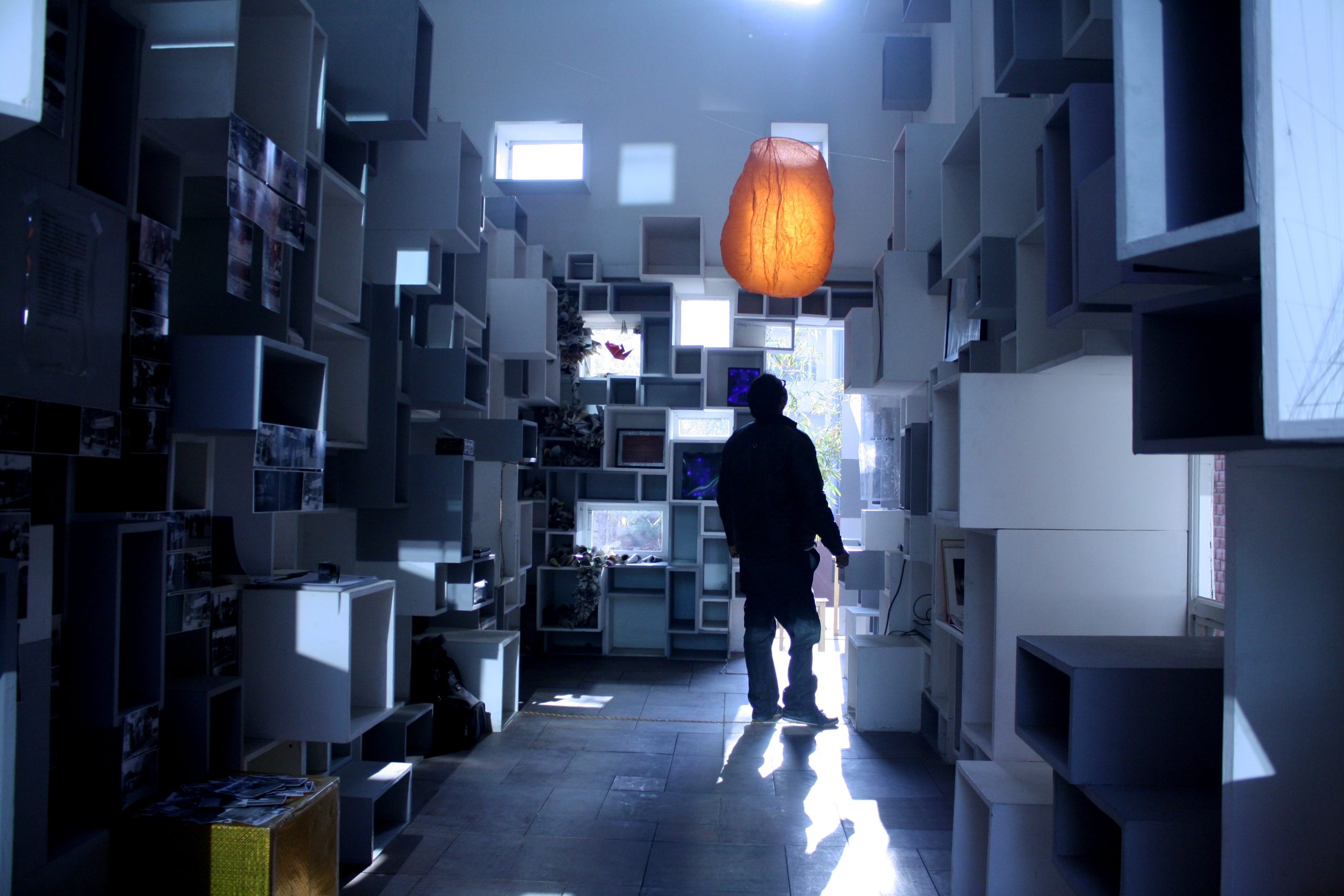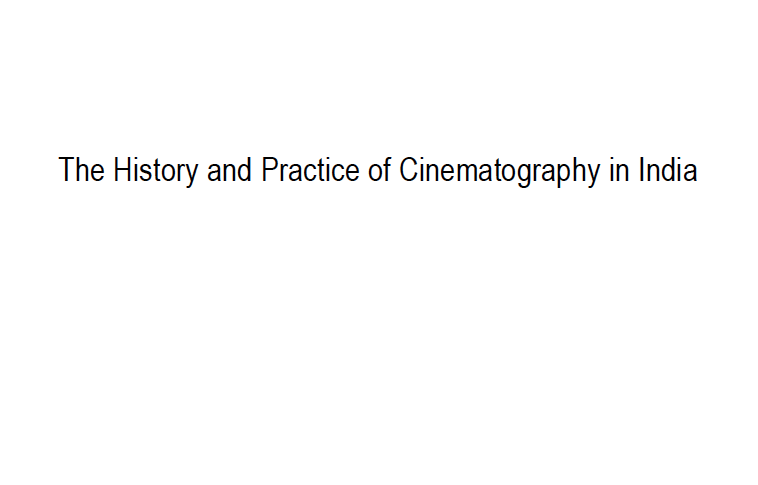
An Infra-vocabulary for Capital
Upright board with an inscribed ‘Infra-Vocabulary’ of a selection from Raqs Media Collective’s synonyms for capital, taken from their work – ‘A Dying Man Sings of That which Felled Him’ (installation with video and inscriptions, 2006) which was subsequently published in their book, ‘Seepage’ (Sternberg Press, 2009)




